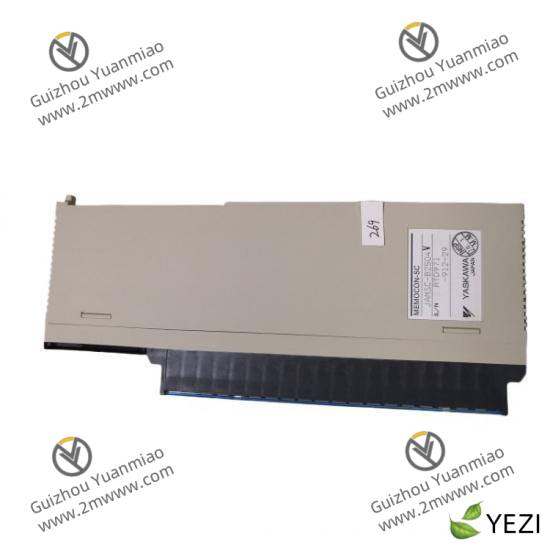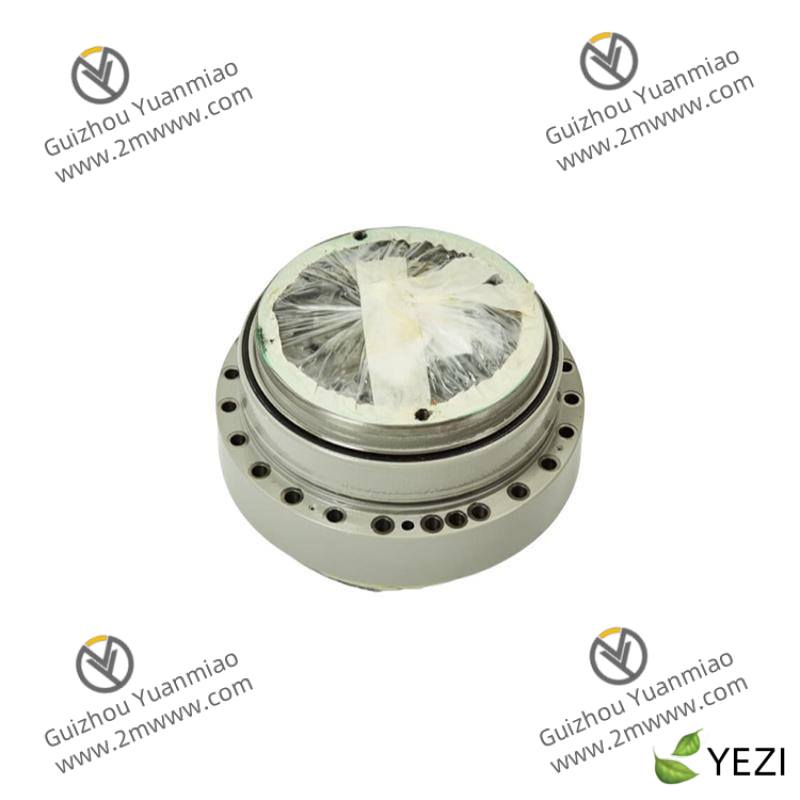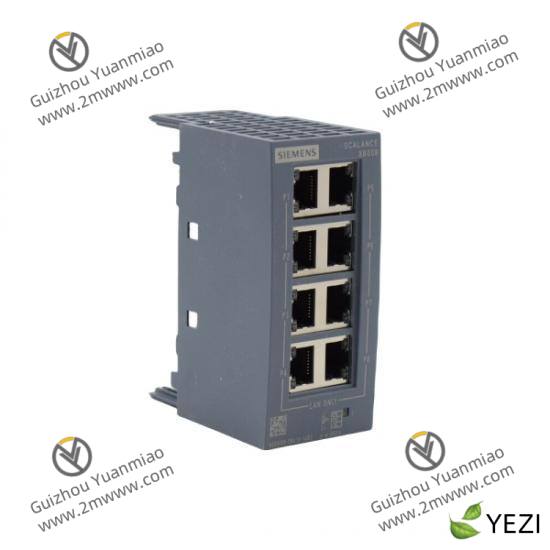EPC Embedded System EPCDFBA#219 B2 – Industrial Control Module
Engineered for demanding industrial environments, this embedded system delivers consistent performance where reliability matters most. Its compact footprint and hardened components make it particularly effective for automation tasks requiring 24/7 operation in challenging conditions.
| Specification | Details |
|---|---|
| Brand | EPC |
| Processor | Quad-core ARM Cortex-A9 @ 1.2GHz |
| Memory | 2GB DDR3L RAM |
| Storage | 8GB eMMC Flash |
| OS | Linux |
| Dimensions | 185 x 120 x 45 mm |
| Weight | 1.2 kg |

Common deployment scenarios include process control in manufacturing plants, real-time data acquisition systems, and edge computing nodes for IIoT applications. This module integrates seamlessly with existing industrial networks through its dual Ethernet ports and industrial serial interfaces. Our customers frequently pair it with legacy PLC systems in brownfield installations where modernization requires backward compatibility.

What sets this system apart is its industrial-grade thermal resilience – we’ve seen it maintain stability in environments ranging from Arctic oil platforms to desert mining operations. The modular architecture supports hot-swappable components, minimizing downtime during maintenance. Built-in watchdog timers and redundant power paths ensure critical processes continue running even during partial system failures.
For developers, the pre-installed Linux environment simplifies deployment of custom control algorithms. Engineers appreciate the straightforward integration with Python-based automation frameworks and OPC UA industrial communication standards. Unlike consumer-grade alternatives, this module’s MIL-STD-810G compliance guarantees vibration resistance up to 15G shock tolerance.

When reliability can’t be compromised, this embedded system delivers proven performance. Its combination of processing power, industrial connectivity, and environmental tolerance makes it a preferred choice for mission-critical applications where downtime costs thousands per hour. From chemical processing plants to power generation facilities, it continues running when lesser systems fail.








Reviews
There are no reviews yet.